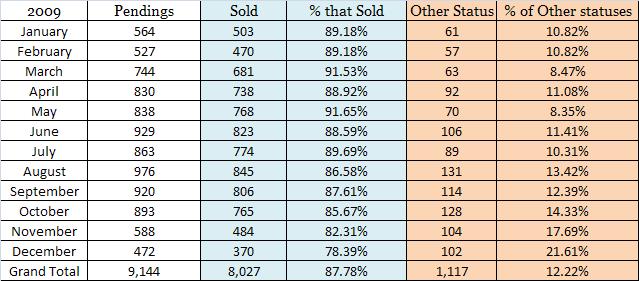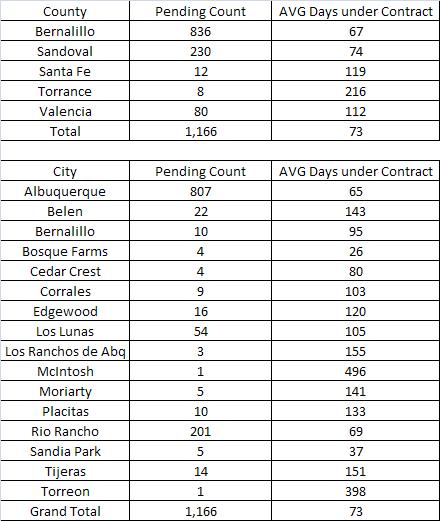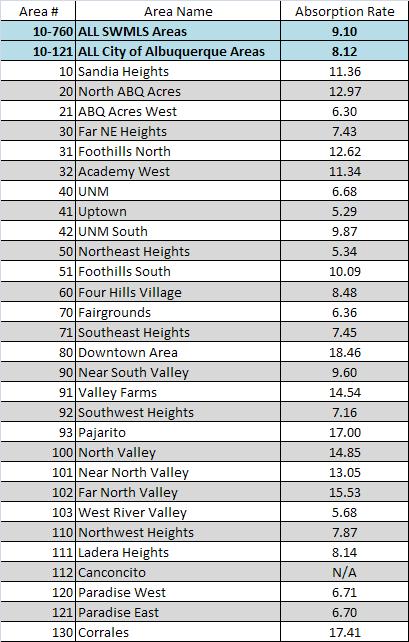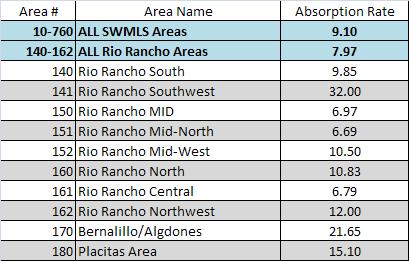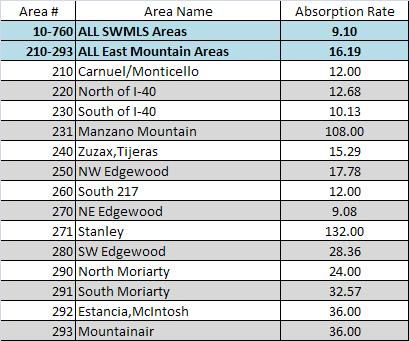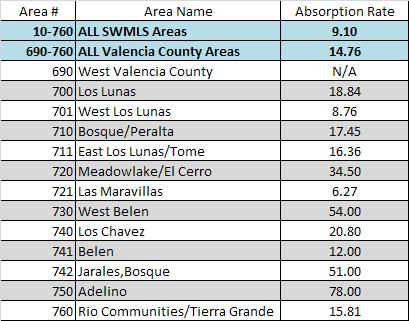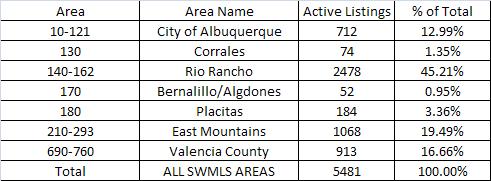 RISMEDIA, April 28, 2010—(MCT)—Sales of new homes broke out of a four-month winter slump with a bang in March 2010, soaring 26.9% over February, the government recently said, evidence that federal tax incentives for buyers due to expire next week are giving the housing market a boost.
RISMEDIA, April 28, 2010—(MCT)—Sales of new homes broke out of a four-month winter slump with a bang in March 2010, soaring 26.9% over February, the government recently said, evidence that federal tax incentives for buyers due to expire next week are giving the housing market a boost.The March figures were meager by historical standards, bouncing off an all-time low in February, and analysts said job creation was paramount for the momentum to sustain itself.
“It shows that the tax credit still has some punch, and we will probably see some better sales numbers for April,” said Mark Zandi, chief economist for Moody’s Economy.com. But “if we don’t get more jobs, the housing market is going nowhere.”
The news came after a report showed that sales of previously owned homes rose 6.8% in March. Although new-home sales make up a much smaller share of home-buying activity, economists are watching the data carefully as an indicator of whether the beleaguered construction industry will begin to add jobs in substantial numbers.
Home builders’ stocks climbed, with the Standard & Poor’s index of 12 major builders increasing nearly 11%.
Last year, housing was a drag on economic growth, but that could turn this year, said David Crowe, chief economist for the National Association of Homebuilders. Housing should contribute positively to the nation’s first-quarter growth when the government’s report on gross domestic product is released, he said.
New-home sales in March jumped the most in markets hit by February’s winter storms. They rose 43.5% in the South, 35.7% in the Northeast, 5.7% in the West and 4.3% in the Midwest.
The data are estimates based on surveys and are reported as an annual sales pace adjusted to take seasonal variations into account. The March sales pace hit an annual rate of 411,000 homes.
February’s revised annual rate of 324,000 was the lowest since the government began tracking such statistics in 1963. That made it easy for March figures to show a surge.
Zandi estimated that, stripping out the effects of February’s inclement weather and the influence of the tax credit, last month’s sales pace was closer to 350,000.
“The one thing to keep in mind is that these are still really horrible numbers,” said Patrick Newport, U.S. economist for the consultancy IHS Global Insight. “The only reason they look good is because February’s were the worst numbers ever.”
Sales are likely to fall once the tax credit expires but will recover later this year if the economy picks up steam, he said.
Newport was encouraged that about a third of homes bought in March had not begun construction, which suggests the shoppers, who were unlikely to close their sales in time to qualify for the government’s tax credit, were tempted by factors such as cheap prices and low interest rates.
Richard Voith, a real estate expert at the consulting firm Econsult Corp. in Philadelphia, predicted that the momentum would continue. “It will be a decent summer,” he said.
Inventory declined to levels not seen since March 1971, with the seasonally adjusted estimate of new houses for sale at the end of last month standing at 228,000. That represents a supply of 6.7 months at the current sales rate. The median sales price of new houses sold in March was $214,000.
Builders have suffered significantly from the recession, the credit crunch and competition from bank-owned properties. As a result, they have changed their business models, constructing smaller, cheaper dwellings to attract first-time buyers and putting up fewer houses that don’t have buyers lined up in advance.
Despite slumping sales this year, builders have begun construction on homes at a faster rate than last year, with many counting on a boost from the federal tax credit of up to $8,000 for first-time purchasers and $6,500 for some current homeowners.
“New homes are selling, so builders were smart,” Newport said. “They are not going to slow down the pace.”
(c) 2010, Tribune Co.
